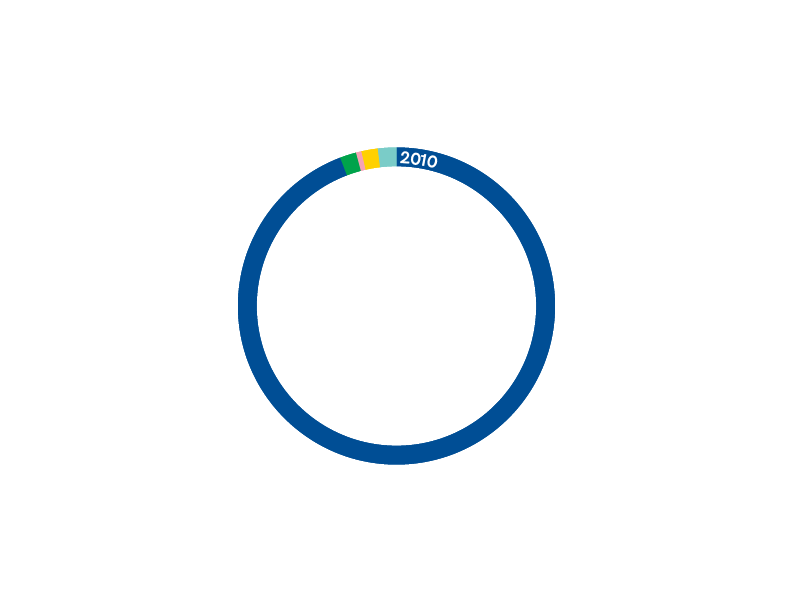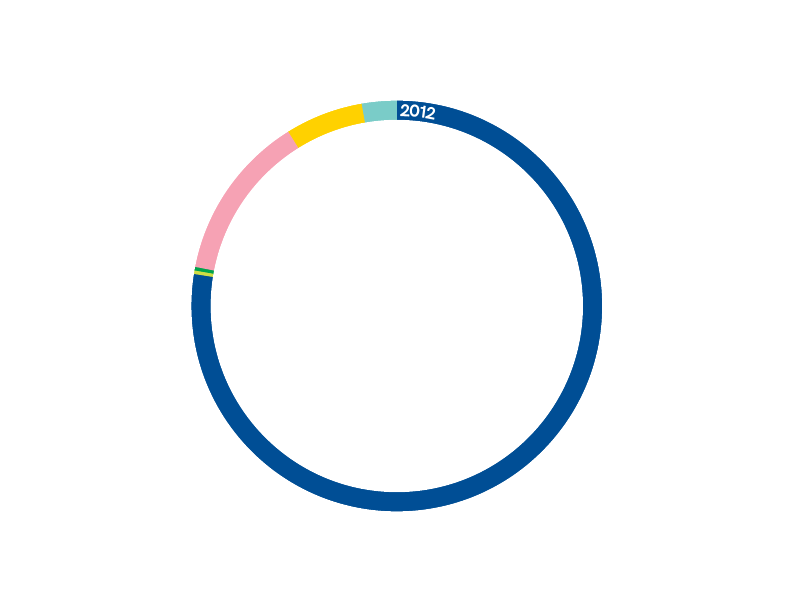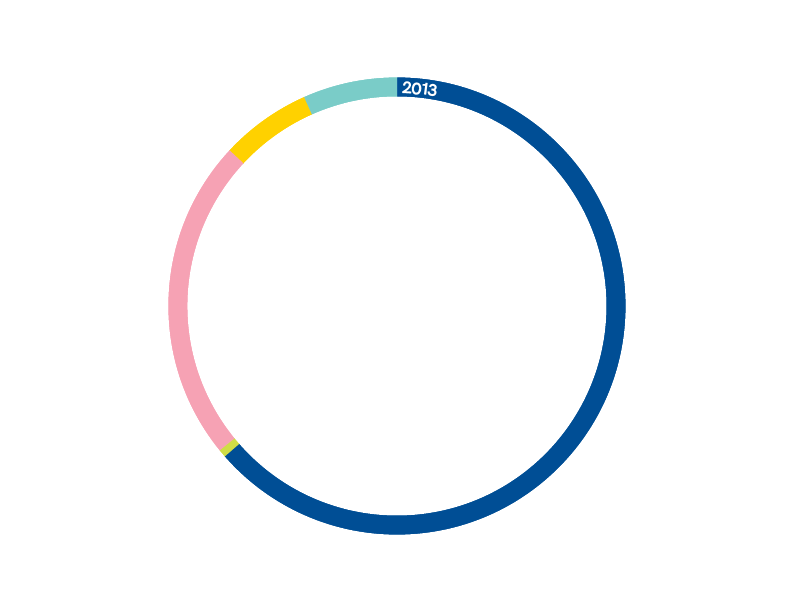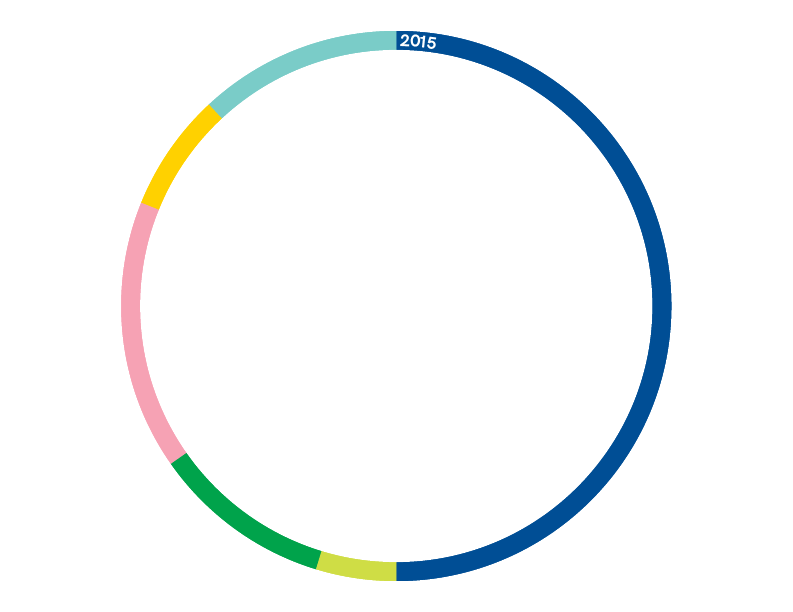Scaling success in energy management
EDF Climate Corps in partnership with Meister
Nearly a decade of data—viewed from our unique perspective—reveals clear trends
Since the summer of 2008, EDF Climate Corps has embedded over 700 “fellows” inside leading organizations with one, simple goal in mind: to advance energy projects. Each year fellows have built the business case for investment in efficiency and clean energy, and presented these opportunities to their organizations for adoption.
EDF has been carefully tracking and assessing these recommendations, and over the years, has built the largest known database of onsite energy management project recommendations, consisting of over 3200 projects.
"Scaling Success in Energy Management" [PDF] is a longitudinal exploration of leadership in energy management and how it has changed over time. The data reveals the emergence of some clear trends and changes.
Energy Efficiency is just the beginning
Companies are getting more strategic and sophisticated about energy management.
In the old days it might have been okay to only work on simple, single site energy efficiency equipment upgrades and basic retrofits, but this is no longer the case. Now, alongside ongoing energy efficiency efforts, many organizations are doing much broader work, including high-level strategic analysis with a heavy reliance on big data and increasing integration of clean energy technologies.
- Commercial & industrial energy efficiency
- Financial evaluation & planning
- Data analysis
- Sustainability strategy
- Engagement
- Clean energy
Climate Corps projects by type over time
(as % of total projects)
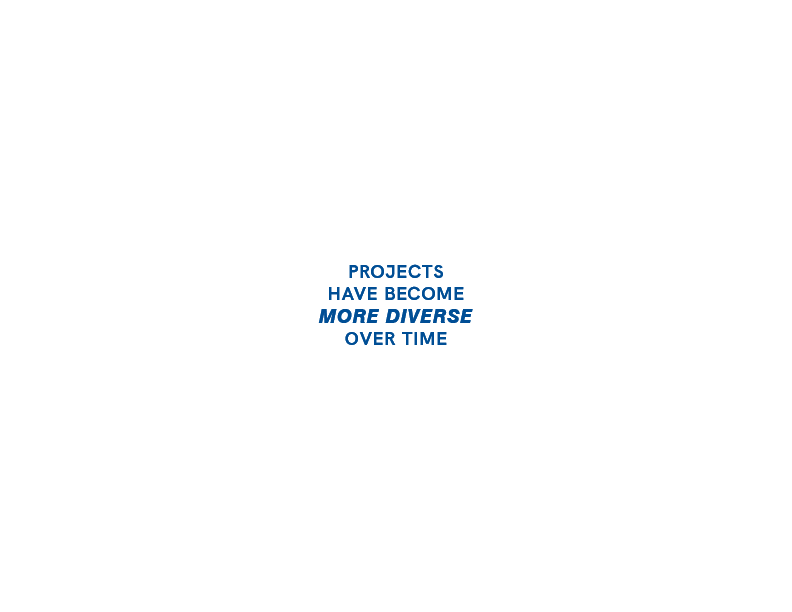
of 2015 host organizations worked on a clean energy project
Percentage of EDF Climate Corps host organizations with clean
energy project recommendation(s)
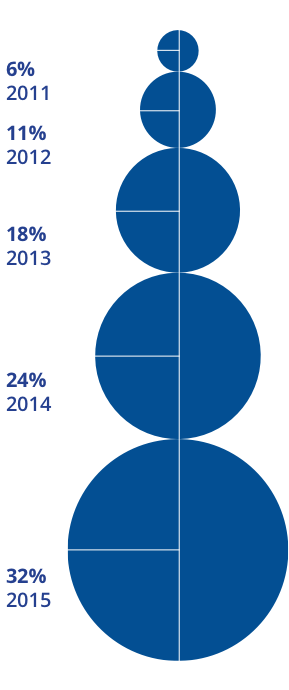

Turning one win into many
Companies are scaling up their energy efficiency projects
In the past, efficiency projects proposed by fellows mainly focused on a single site. Now, organizations are asking fellows to design investment opportunities for multiple sites or multiple buildings at a time. Clearly, the success of pilots/single site activities has set the stage for larger, multi-site projects.
Number of facilities covered by recommended projects
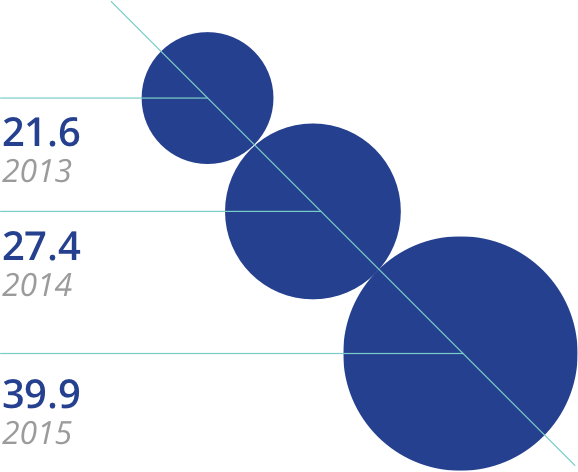
Front-loaded costs...
but greater ROI
Project financial performance has improved but may require larger upfont investments
The days of the low-cost, no-cost energy efficiency improvement may be over. Many projects call for organizations to make substantial upfront capital investments, but these projects deliver more value.
Average initial investment has grown by nearly a factor of four since 2008
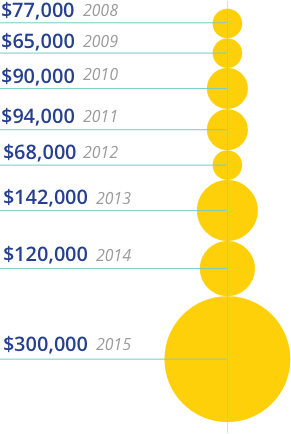
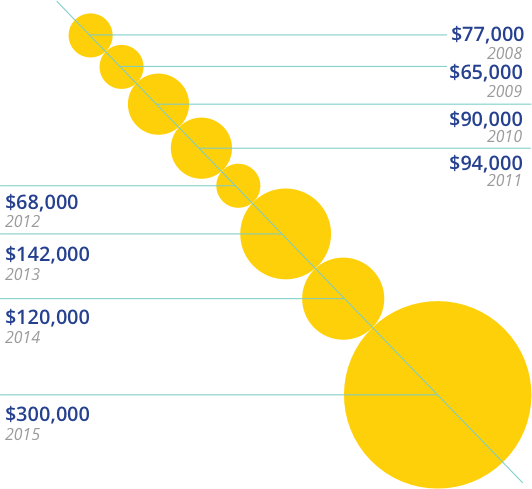
Average NPV has grown nearly three-fold since 2008
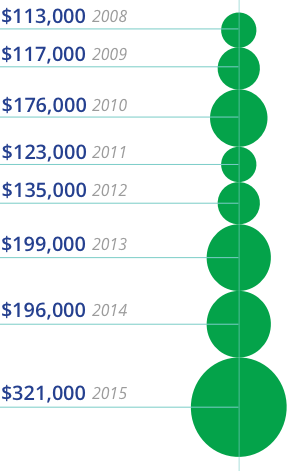
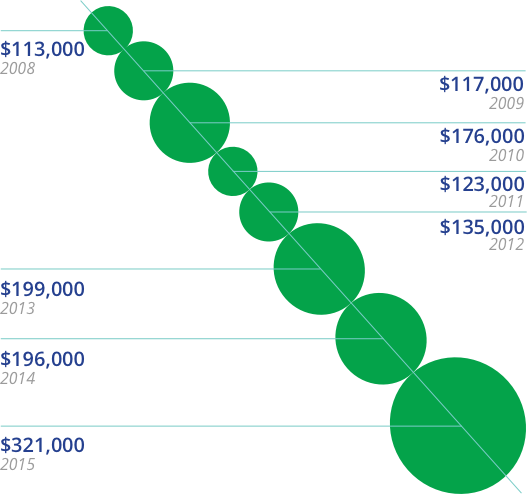
More environmental bang for the buck
Energy projects are increasingly good for the environment
As technologies have improved and companies have become more strategic about how they choose and implement energy projects, their investments are providing better environmental returns. Between 2008 and 2015, the average GHG reductions of evaluated projects grew more than five-fold, outpacing the increases in average NPV, initial investment and annual savings.
Average estimated potential GHG emissions reductions has grown five-fold since 2008
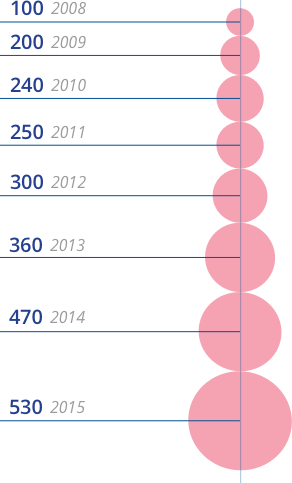

Setting goals is easy, but...
Organizations still face major challenges to improving energy management
For each project recommendation, fellows assess potential barriers to implementation. Our 2015 data shows that despite significant progress over the years, organizations in all sectors still face major challenges in moving their energy projects forward.
- Government
- College/university
- Company
- Non-profit
- Overall
Potential barriers by sector of organization
Click on the icons below to browse the project barrier data
Lack of executive or high-level support
Lack of funding or competing priorities
Lack of visibility or reporting
Limitations of project analysis or insufficient data and tracking
Lack of staff or expertise
Factors unrelated to project

What's Next?
After analyzing these results EDF has some clear recommendations for what actions organizations should take:
Get into the game!
Those sitting on the sidelines should get in the game: smart energy management delivers significant ROI and strong environmental impacts.
Be ready to invest
Company leaders need to be ready to devote internal capital to energy projects. Bigger projects call for bigger upfront investments.
Integrate clean energy
Clean energy is now a viable component of the energy management programs of leading companies and all companies should be exploring this.
Ask for help!
EDF Climate Corps has helped 400 organizations identify ways to save $1.5 billion dollars while helping the environment. Contact us to learn more!



